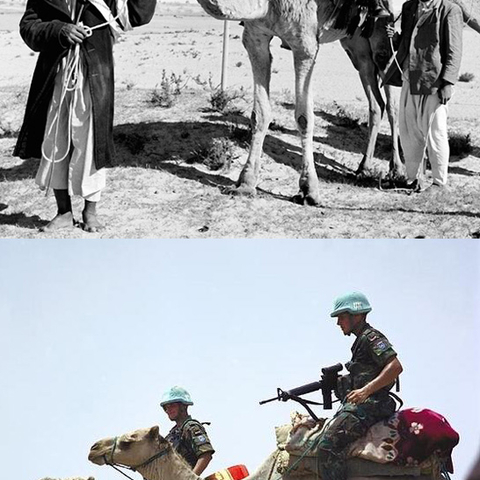
Source: Source: top, U.N. Photo; bottom, Dawit Rezene
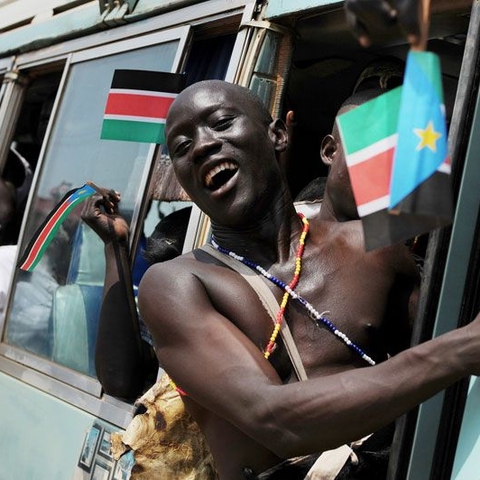
Source: U.N. Photo/Paul Banks
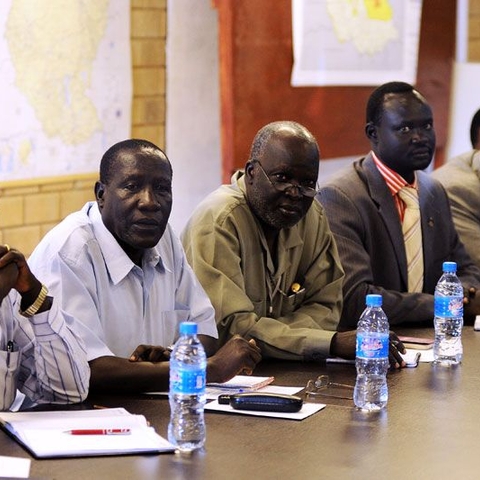
Second-generation peacekeeping is characterized by tight bureaucratic organization among various U.N. agencies and the heads of local communities.
Source: U.N. Photo/Tim McKulka
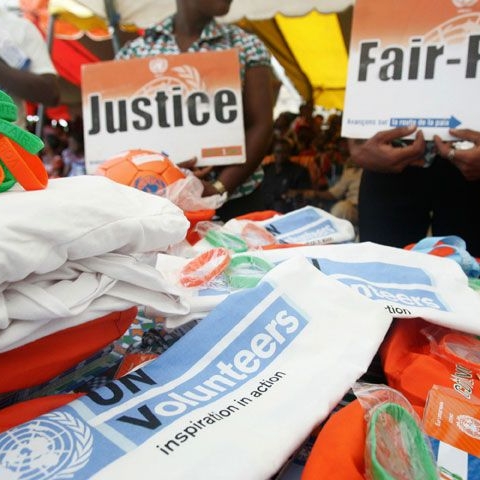
Such efforts are typical of second-generation peacekeeping.
Source: U.N. Photo/Basile Zoma
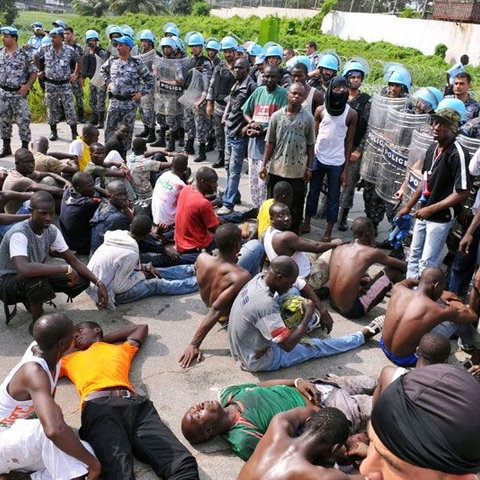
Source: U.N. Photo/Basile Zoma
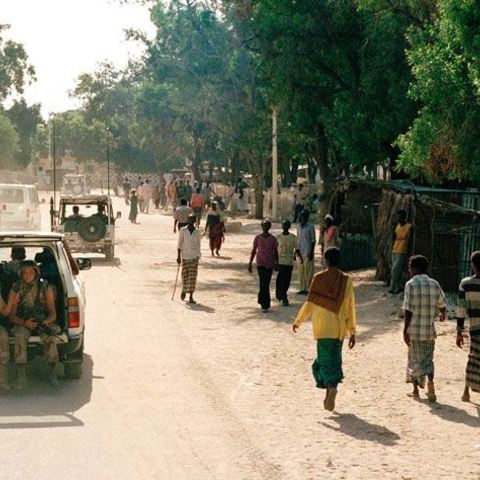
Source: U.N. Photo/Milton Grant
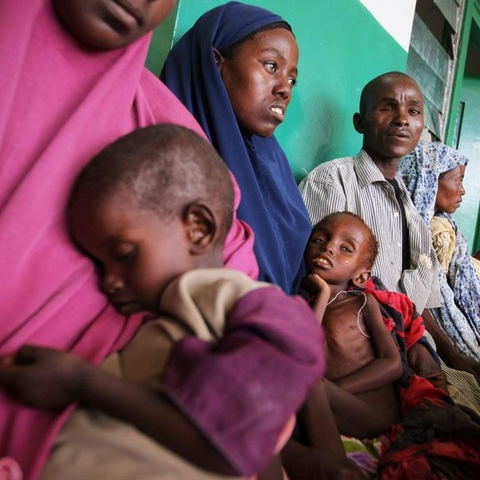
Source: U.N. Photo/Stuart Price
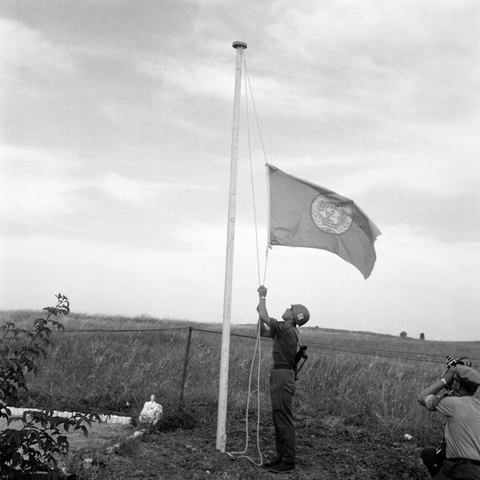
Source: U.N. Photo
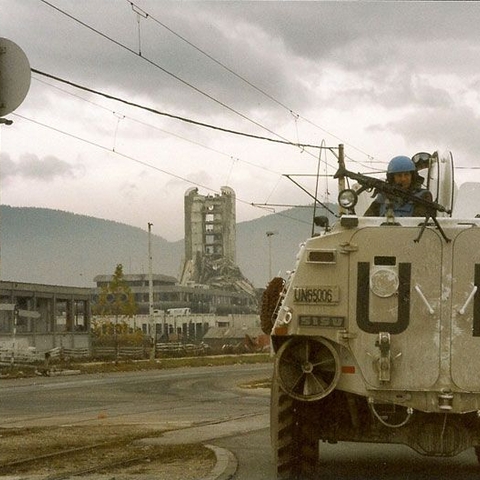
Source: Paal Sørensen

Source: U.N. Photo/S. Whitehouse
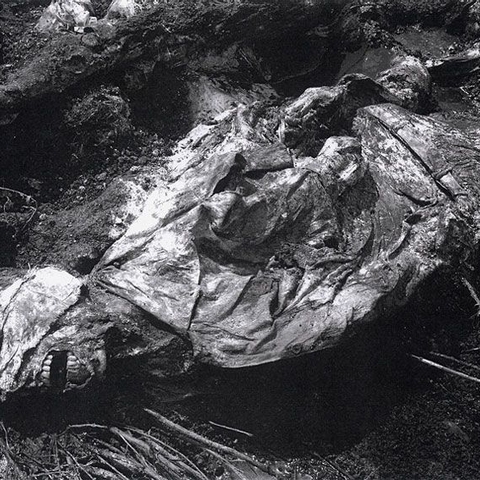
The "Srebrenica massacre" by Bosnian Serbs is a grim reminder of some of the historical limitations and challenges of U.N. peacekeeping.
Comments: Photograph provided courtesy of the ICTY, 2000
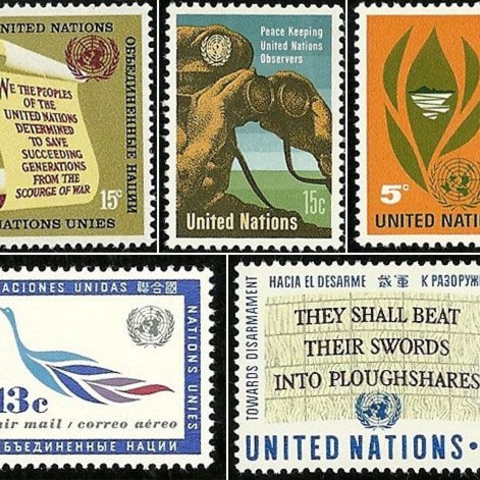
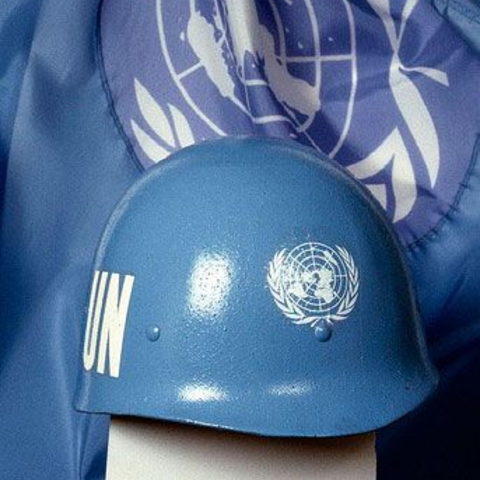
Source: U.N. Photo/Saw Lwin
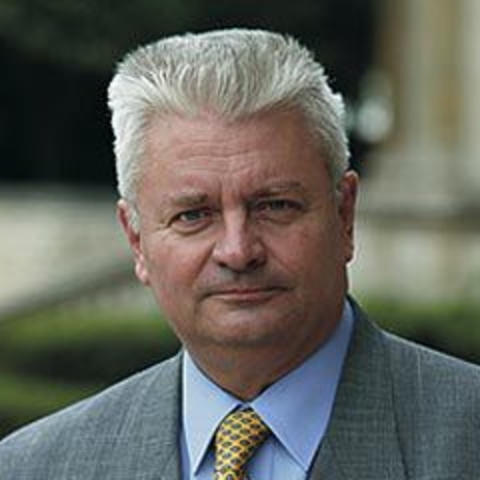
Source: United Nations

Source: Photo by Adam Jones adamjones.freeservers.com
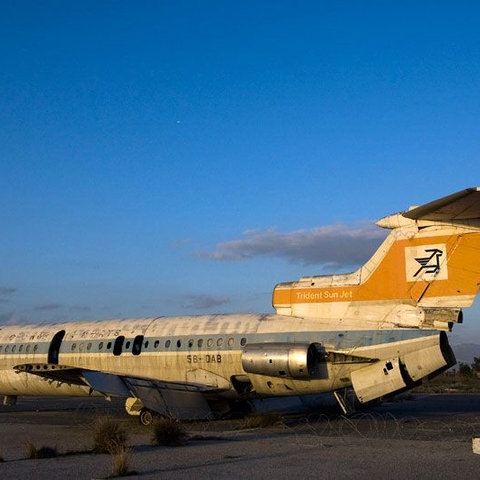
Source: U.N. Photo/Eskinder Debebe
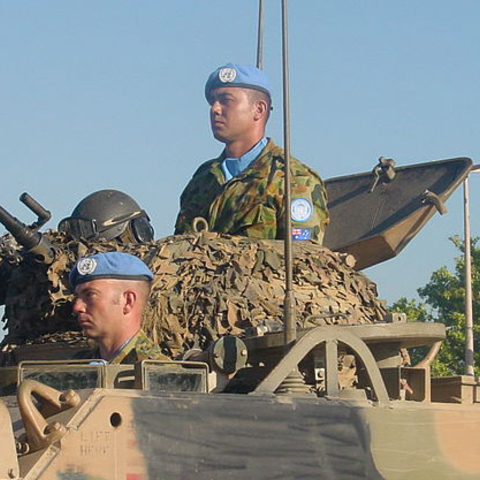
Source: Geoffrey C. Gunn

Source: U.N. Photo/Y. Tagata
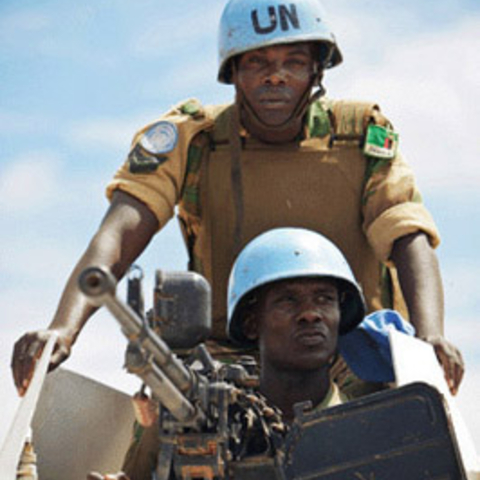
Source: U.N. Photo/Stuart Price
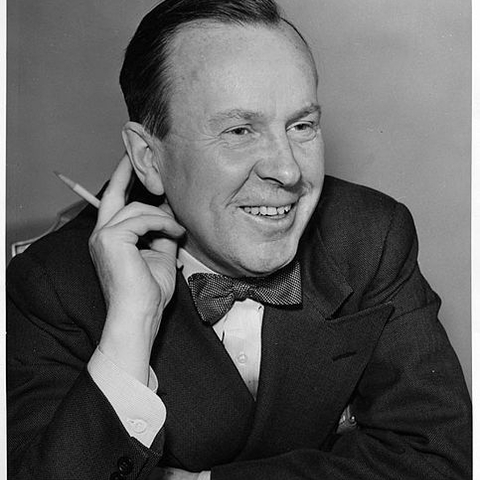
Source: Toronto Star
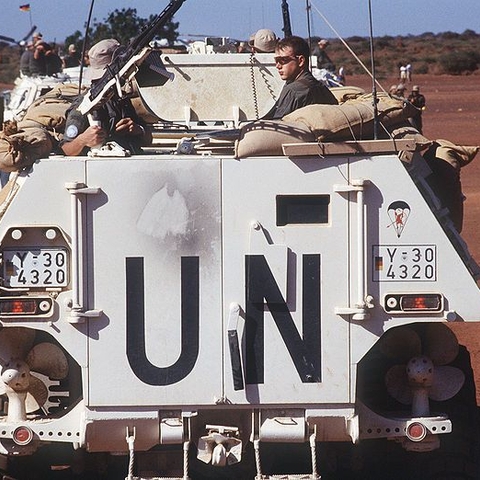
Source: Jeffrey T. Brady
